From the cobblestone streets of Vienna, where he treated patients for half a century, to the London study where he died, these places are more than mere landmarks. They’re windows into the life of a man who taught us that our dreams are important, our childhood is important, and that sometimes a couch is the most significant piece of furniture in the room.
Here are 19 places around the globe celebrating Freud’s lasting legacy on how we think about ourselves.
Berggasse 19, Vienna
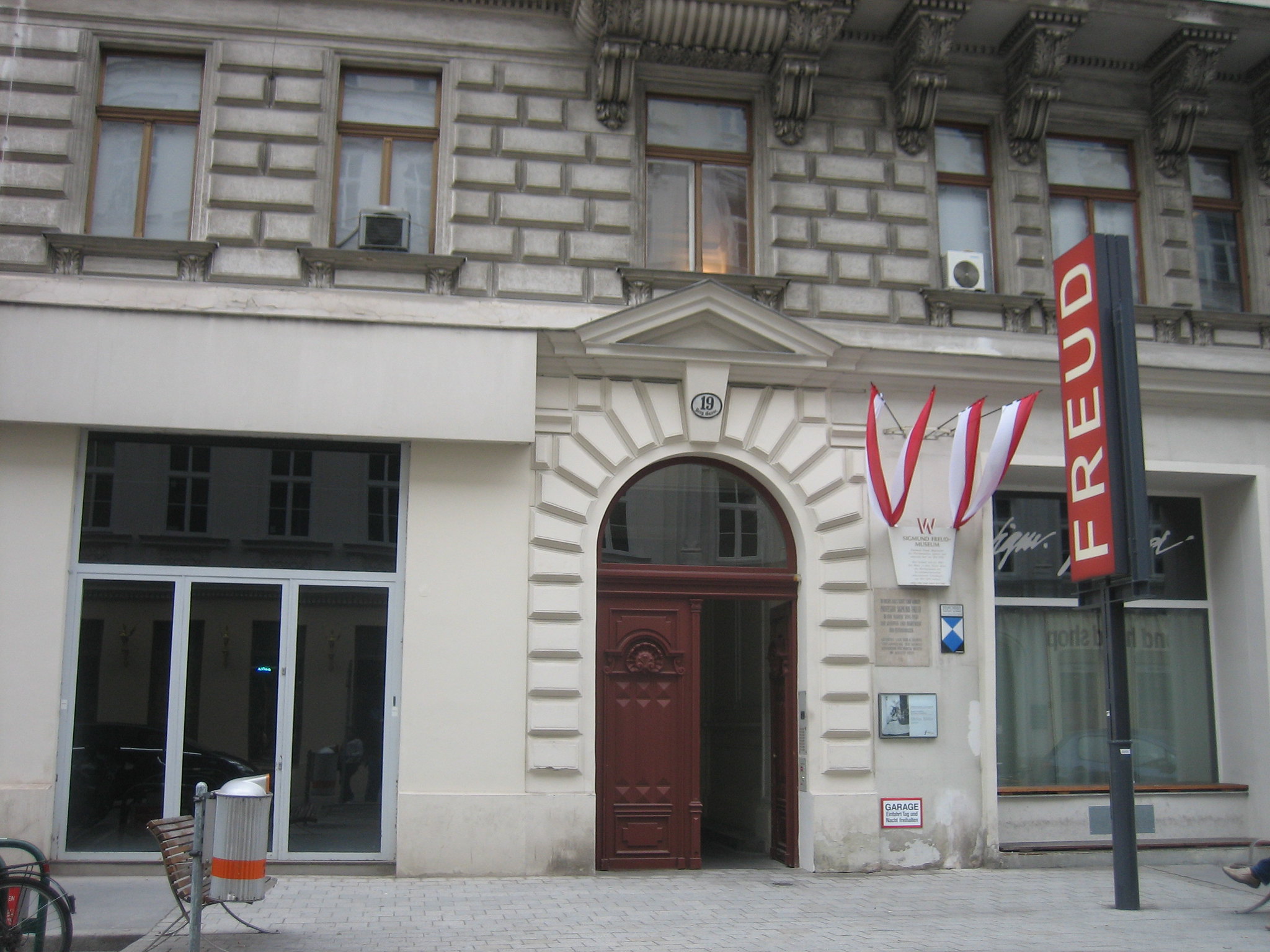
At the center of Vienna’s 9th district is the apartment building where Freud resided and practiced for 47 years. Now home to the Sigmund Freud Museum, it maintains his well-known waiting room and study.
The original psychoanalytic couch may reside in London, but you can still view his collection of antiquities and the rooms where he formulated his revolutionary theories. The museum recently completed a massive renovation, introducing multimedia displays that animate its case studies.
20 Maresfield Gardens, London

After fleeing Nazi-occupied Vienna in 1938, Freud spent his final year at this red-brick house in Hampstead. The Freud Museum London contains his legendary couch—a gift from a grateful patient—covered in Persian rugs.
His study remains exactly as he left it, complete with his spectacles on the desk and over 2,000 antiquities that reflect his fascination with archaeology.
Like Travel Pug’s content? Follow us on MSN.
Café Landtmann, Vienna

Freud’s favorite coffeehouse on Ringstrasse still serves anxious intellectuals and daydreaming writers. He came here almost daily to read international newspapers and discuss cases with colleagues.
The café maintains his regular table in the corner, where he’d order black coffee and apple strudel while developing theories about the unconscious mind.
Bellevue Hotel Site, Vienna
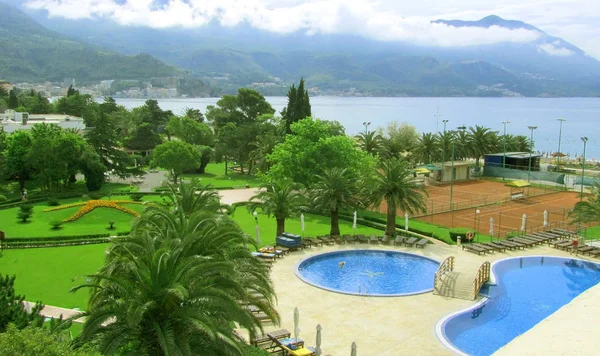
Though the hotel is gone, a commemorative plaque marks where Freud had his famous breakthrough about dream interpretation in 1895. After analyzing his dream about a patient named Irma, he supposedly exclaimed, “Do you suppose that someday one will read on a marble tablet on this house: ‘Here, on July 24, 1895, the secret of the dream revealed itself to Dr. Sigm. Freud?”
The plaque, installed exactly where he imagined it, simply reads: “In this house on July 24, 1895, the secret of dreams was revealed to Dr. Sigmund Freud.”
University of Vienna Courtyard
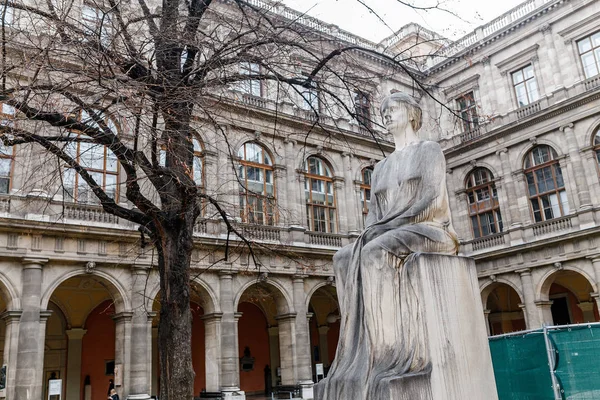
In the university’s “Courtyard of Honor,” Freud’s bust sits among 153 other notable professors. Initially rejected by the university establishment, he wasn’t officially recognized until well after his death.
The psychology department now proudly claims him, and students still leave notes and flowers at his memorial.
Like Travel Pug’s content? Follow us on MSN.
Clark University, Massachusetts
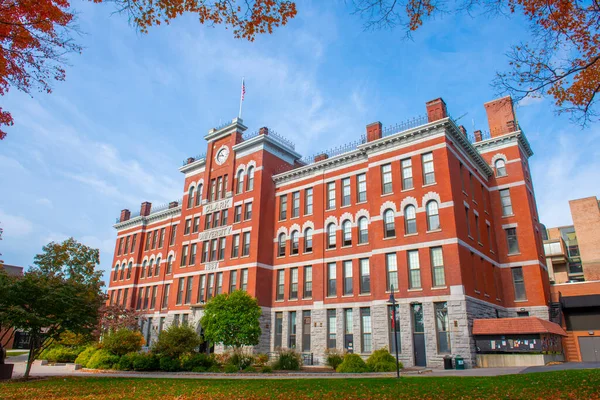
In 1909, Freud gave his only American lectures at this Worcester university, introducing psychoanalysis to the United States. The university archives hold his correspondence and photographs from the visit.
They also maintain a special collection of early psychoanalytic literature, including first editions of his major works.
Vienna Central Cemetery
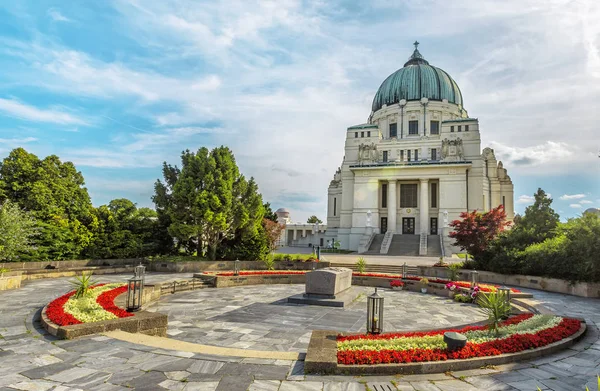
Freud’s ashes rest in Section 14B of the Zentralfriedhof, Vienna’s massive cemetery. His grave, designed by modernist architect Ernst L. Freud (his son), features a simple geometric headstone.
Visitors often leave small stones and notes, a Jewish tradition that honors the deceased.
Bergheim Psychology Building, Heidelberg

This university building houses one of Europe’s most important Freud archives, containing thousands of his letters and unpublished papers. The collection includes his correspondence with Carl Jung, showing their friendship and eventual bitter split.
Researchers still discover new insights about Freud’s theories in these documents.
Like Travel Pug’s content? Follow us on MSN.
International Psychoanalytical Association, London
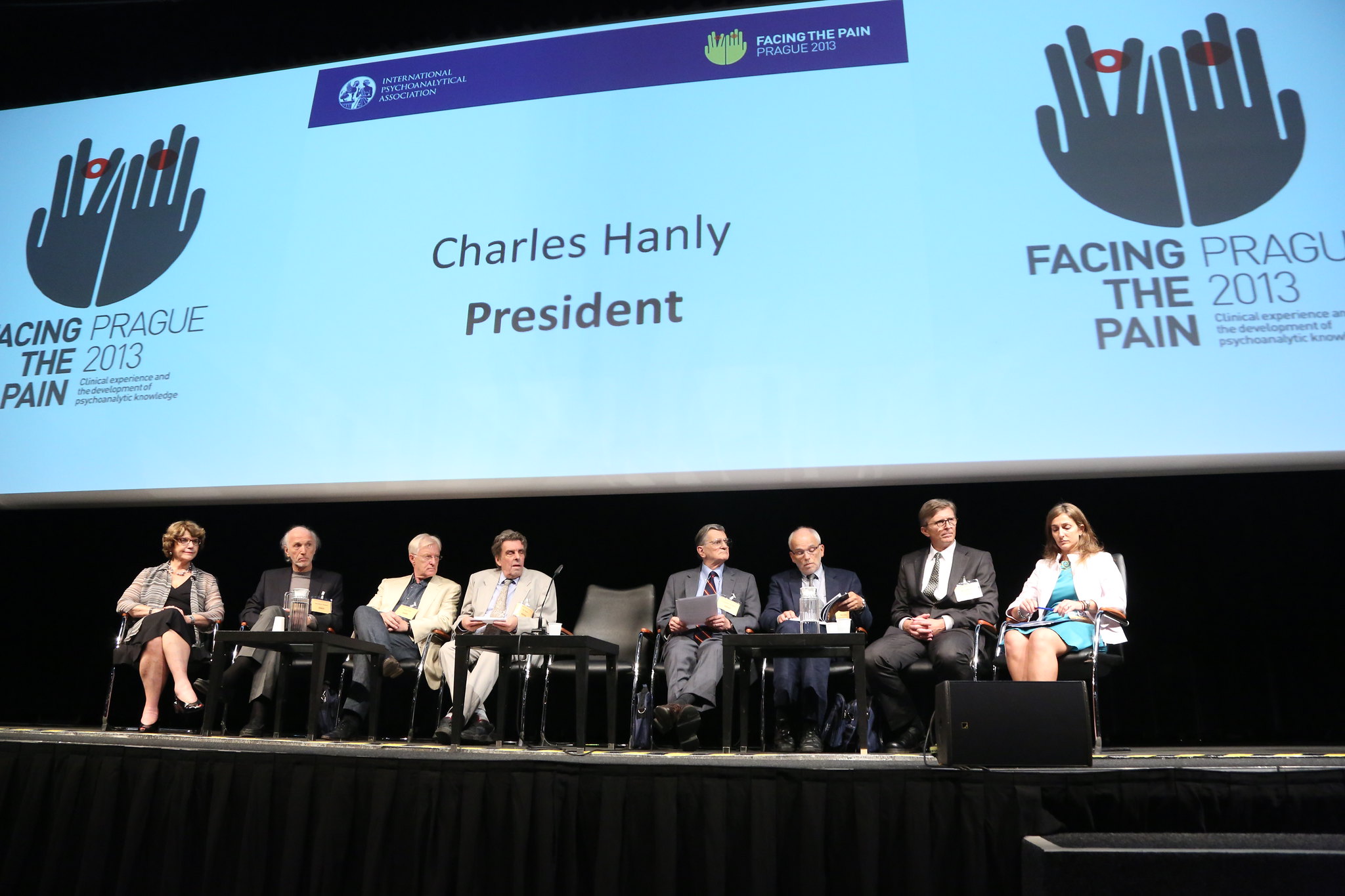
Founded by Freud himself in 1910, the IPA continues his work from its headquarters near his former home. The building hosts conferences and training programs for analysts worldwide.
Their library contains rare recordings of Freud’s voice and early films of psychoanalytic treatment sessions.
Villa Schüller, Grinzing

In this Vienna suburb, Freud spent summers analyzing patients in a friend’s garden villa. The peaceful setting contrasted with his busy city practice, and he wrote several important papers here.
Today, the villa is a private residence, but the garden where he worked remains unchanged.
Salztorgasse 2, Vienna
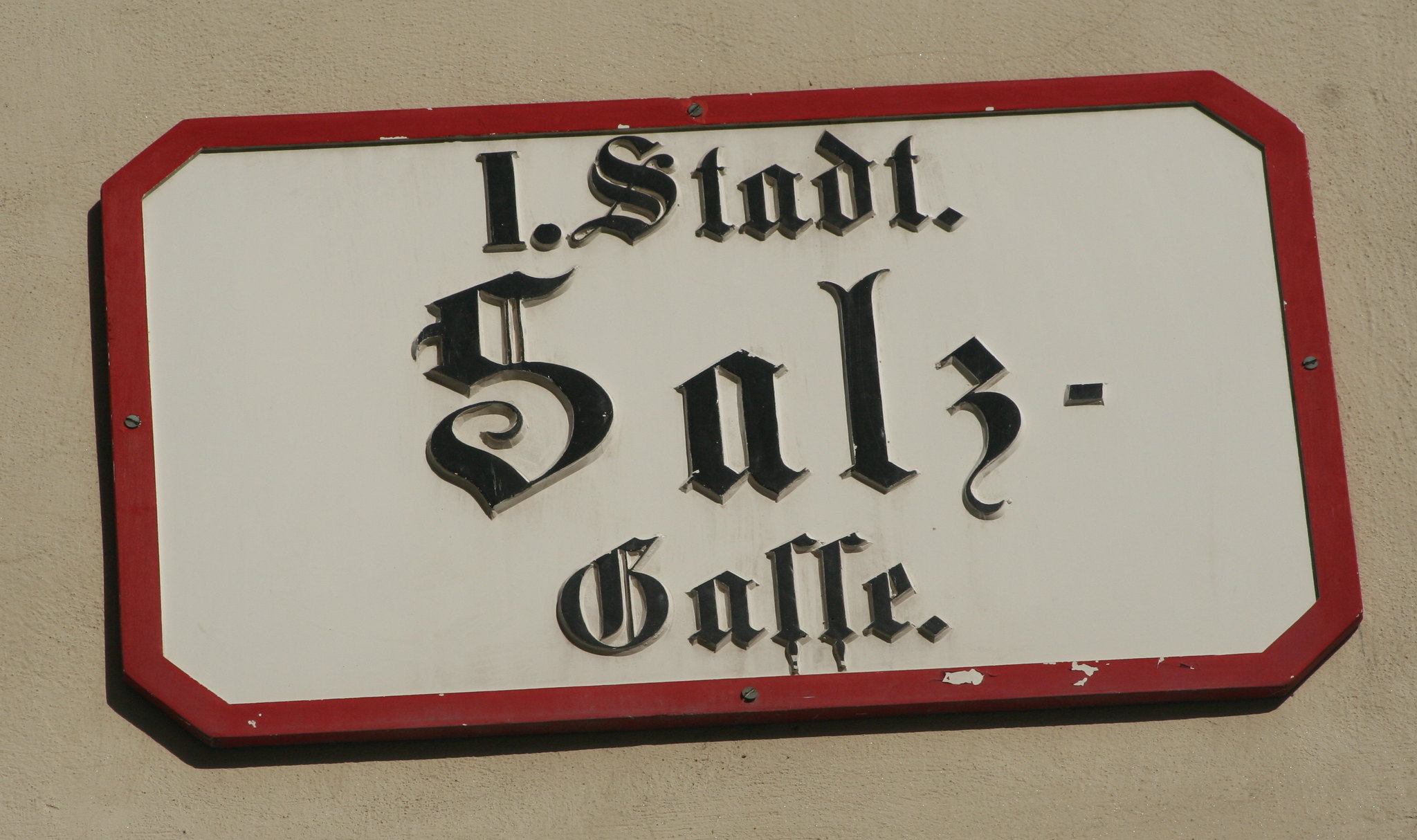
This address marks Freud’s first private practice, opened in 1886. Though the building has been renovated, a small plaque commemorates where he began seeing patients and developing his early theories.
The neighborhood still retains its 19th-century character.
Like Travel Pug’s content? Follow us on MSN.
Hotel Bristol, Vienna
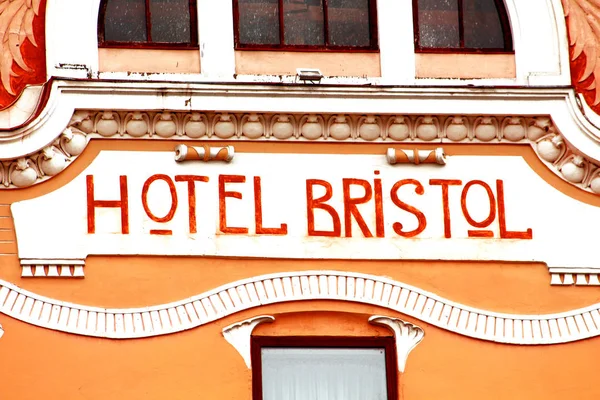
During their analysis, many of Freud’s international patients stayed at this luxury hotel. He sometimes met them here for sessions when they couldn’t travel to Berggasse 19.
The hotel’s archive includes guest books signed by famous analysts and patients.
Kunsthistorisches Museum, Vienna
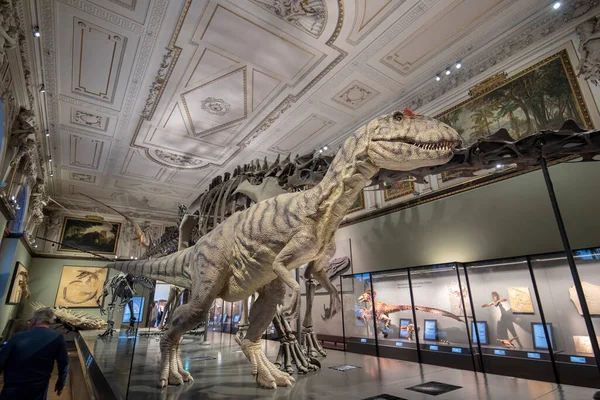
Freud went to this art museum weekly, taking inspiration from classical antiquities for his ideas. He was a fan of the Egyptian collection, believing ancient symbols could reveal unconscious meanings.
The museum now provides special tours highlighting artworks that inspired his ideas.
Leopoldstadt District, Vienna
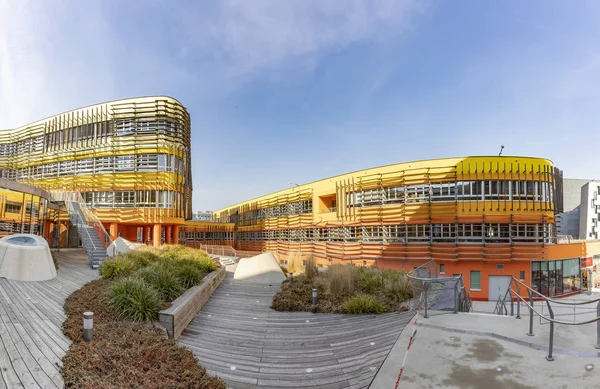
Freud’s first childhood home in Vienna was in this predominantly Jewish neighborhood. Although the building no longer remains, the district’s ethos shaped Freud’s philosophy of identity and belonging.
Guided walking tours of the neighborhood currently follow Freud’s family footprints.
Like Travel Pug’s content? Follow us on MSN.
Golders Green Crematorium, London
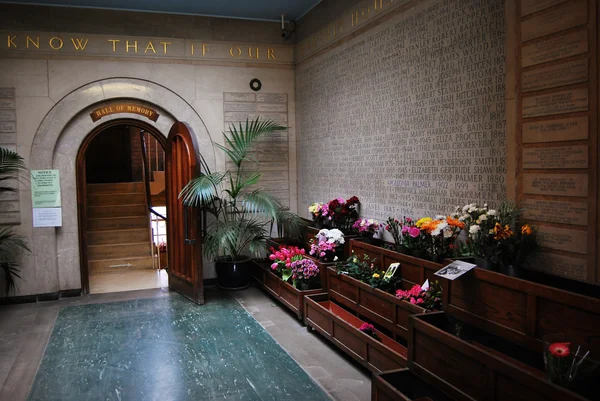
This is where Freud’s funeral service took place in 1939, with who’s who such as Virginia Woolf and Ernest Jones in attendance. His ashes were first stored here before being transferred to Vienna. The crematorium keeps records of the service and occasional displays regarding his last days in London.
One of his most dedicated patients, Princess Marie Bonaparte, is said to have selected the original Greek urn in which his ashes were stored.
Sigmund Freud University, Vienna
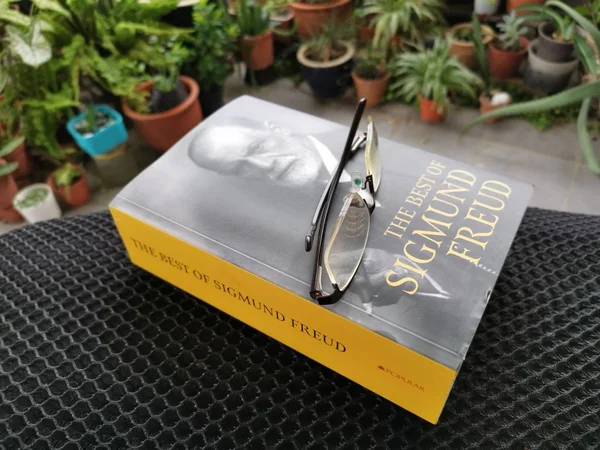
Established in 2005, this psychology-centered university occupies several historic buildings in Vienna. Its central campus features a replica of Freud’s consultation room and is home to international conferences on psychoanalysis.
Students can study for degrees in psychotherapy using Freud’s methods. The university library collects current psychoanalytic studies, linking Freud’s original work to contemporary practice.
Swiss Cottage Library, London
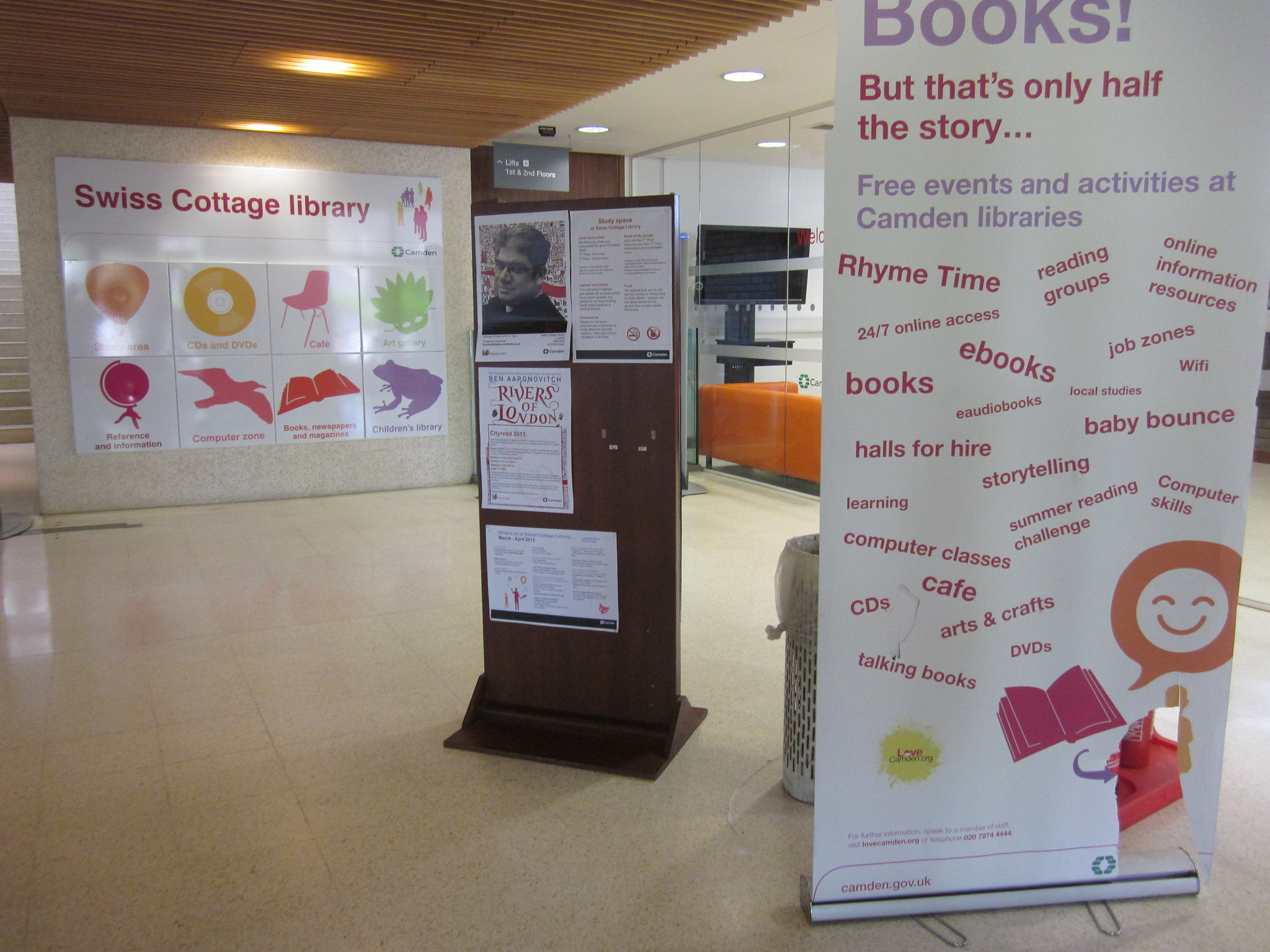
During his London exile, he borrowed books from this neighborhood library, sometimes dispatching his maid to retrieve them. The library maintains his borrowing records and sometimes showcases books he borrowed while writing his last manuscript.
Employees continue to narrate how he refused to return books on time, even when ill.
Like Travel Pug’s content? Follow us on MSN.
Esplanade Zagreb Hotel, Croatia
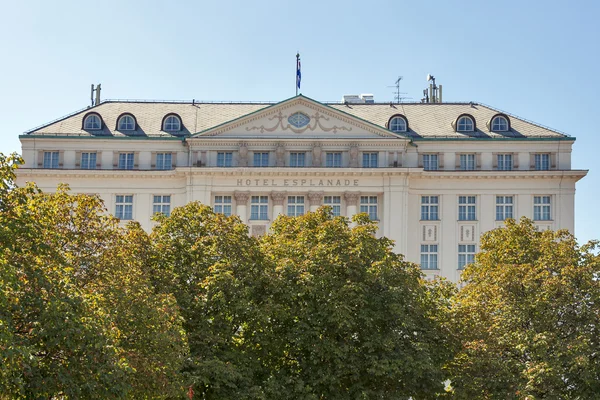
When Freud visited Zagreb in 1898, he stayed at this grand hotel and wrote enthusiastic letters about Croatian hospitality. The hotel bar now serves a cocktail called “The Interpretation of Dreams” in his honor.
His room number, 31, has been preserved as a small museum space featuring reproductions of his travel correspondence.
B’nai B’rith Lodge, Vienna
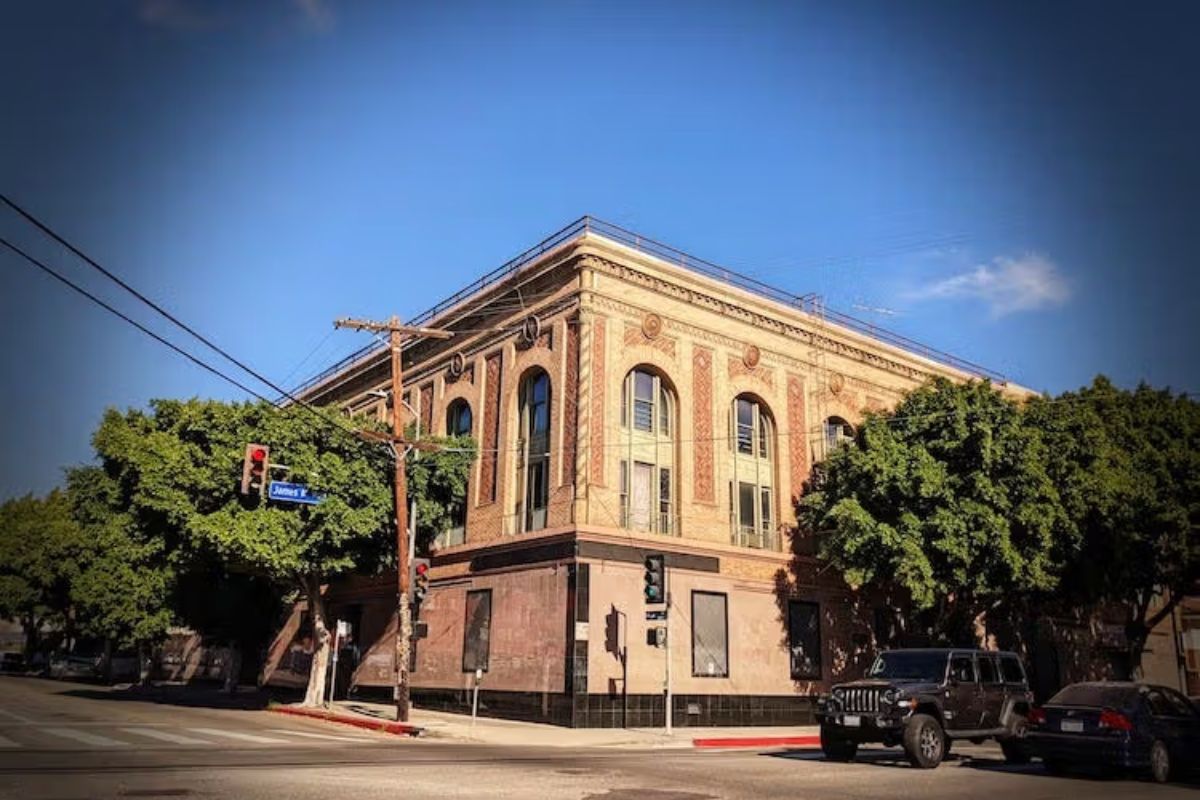
Freud gave his first public lecture on psychoanalysis at this Jewish cultural center in 1897. While initially skeptical, the audience became his earliest supporters. The building now houses a small exhibit of Vienna’s Jewish intellectual scene from the Freud era.
Discussion groups still meet monthly here to discuss Freud’s ideas, continuing the tradition he started more than a century ago.
Analyzing the Journey
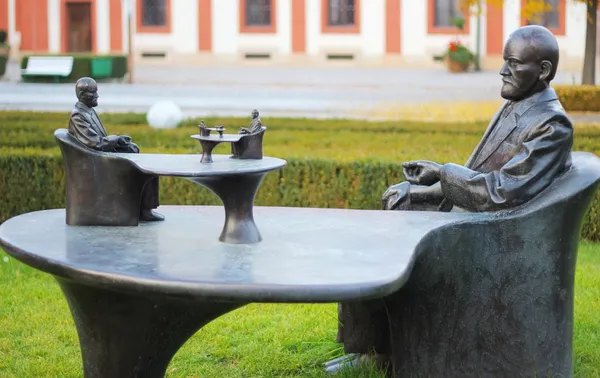
Millions of people now freely use words Freud coined—such as “ego,” “repression,” and “Freudian slip”—without ever knowing where they came from. His birthplaces and offices have become shrines for psychology students and anyone interested in the workings of the human mind.
Even though some of his ideas were disputed or reformulated, the physical places where he formulated them remind us that revolutionary concepts tend to start from mundane locations—a summer garden, a coffee shop, or a small apartment in Berggasse 19.
Like Travel Pug’s content? Follow us on MSN.
More from Travel Pug

- Cities Growing so Fast You Won’t Recognize Them in 10 Years
- 13 Destinations Where Tourists Regularly Regret Their Trip
- 16 U.S. Cities That Are Quietly Becoming Travel Hotspots
- Where to Travel If You Love Long Bus Rides and Daydreams
- 20 Cities Perfect for Solo Travelers Who Crave Adventure & Culture
Like Travel Pug’s content? Follow us on MSN.
